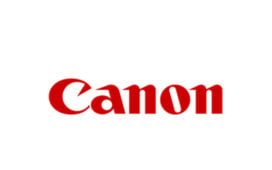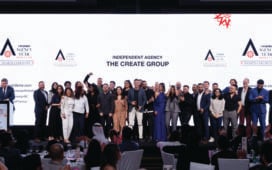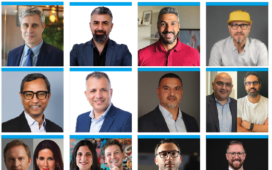
After a tough start to the decade, the industry is well on its path to recovery and consumers are on the lookout for experiences outside their homes. Although the pandemic paved the way for brands to experiment further with technology and fresh innovations to engage with customers in new ways, audiences around the world are now at their peak of acceptance.
There’s no doubt that the accelerated innovations that emerged in the past two years will continue to play a pivotal role in the evolving world of brand experience. However, a key insight uncovered in the annual Havas Red Sky 2022 Predictions Report is that consumers are increasingly in need of human-to-human engagement.
With unique brand collaborations, pop-up stores and bespoke retail experiences on the rise now more than ever, we’re left to ponder how brands can push boundaries to create an enhanced link with their audience.
The key to building genuine, long-lasting relationships between brands and target audiences revolves around our basic need for shared experiences. This means brands need to actively think outside the box and create opportunities that attract in-person footfall through individual connections that cannot be offered digitally.
It is evident that the retail industry has recently experienced rapid, large-scale disruption as e-commerce went from strength to strength across the globe, driving record sales for the industry and more ‘phygital’ experiences. Nevertheless, that doesn’t imply that traditional stores are out of the picture. In fact, as shown in the Red Sky Predictions Report, the pandemic has fast-tracked expectations around brick-and-mortar, and this is the moment when it just needs to be reimagined. This is when pop-up stores and bespoke experiences play a crucial role. Insider Intelligence’s Retail Trends to Watch in 2022 report supports the same observation, saying: “Mutually beneficial brand partnerships and immersive brick-and-mortar experiences will draw customers and expose brands to new markets.” We continue to see how retailers that combine fun with a sense of urgency, such as special editions or limited-time pieces, will grab consumers’ attention and ensure return.
The retail industry has a unique opportunity to attract customers with more meaningful experiences. Most consumers want something that speaks to them on a personal level rather than generic mass marketing. Arguably, taking this route could alienate a segment of the audience, but the impact created by the niche audience will eventually speak for itself.
These were some of the insights that conceptualised the Adidas x Ravi campaign that recently took Dubai by storm. Although Adidas created a concept targeting some of the world’s largest metropolises for the launch of its ‘Adilicious’ sneaker series, the campaign execution in the UAE was well-thought-out in terms of nostalgic and cultural relevance, components that touched on the personal approach. By collaborating with the long-standing family-owned Pakistani restaurant that holds a special place in nearly every resident’s heart, the brand created a unique moment of connection with the masses. Taking it a step further, Adidas launched a dedicated Ravi-inspired product line, inviting the community to truly be a part of this special moment.
Brands are progressively creating a fusion between experiential and retail, adapting to new customer expectations and innovations, turning store into destination. To summarise a clear trend we have been observing: a new breed of retail experimentation has risen.
‘‘the purchasing decisions of 74 per cent of consumers are based on experiences alone.”
Living in the era of ‘TikTok made me buy it’, brands are expected to produce more authentic retail matches to consumer lifestyles and social media habits. According to Forbes, the purchasing decisions of 74 per cent of consumers are based on experiences alone, which is directly related to brand loyalty and advocacy, with shoppers being more likely to pay 16 per cent more for premium customer experiences as noted by PWC. Similar were the insights that drove the iconic swap between Versace and Fendi: Fendace. The brands came together through a global pop-up and curated a unique experience for luxury fashion lovers, offering limited-edition products to customers, in a first-hand bespoke experience bringing both worlds together. Let’s face it, bespoke still matters. Perhaps now more than ever. Some brands might not be ready quite yet to fully dive into large-scale events. The alternative is equally – if not more – effective, and it is feasible. Just as PR adopted an adaptable, ever-changing, proactive approach without sacrificing its creativity, experiential has to follow that lead by coming up with attractive solutions that can quickly and efficiently respond to the market.
This is where micro experiences, combined with hyper individualisation, offers enriching, personalised physical journeys that consumers are currently craving. Perhaps until the next iteration of tailored experiences – fully immersive digital experiences such as the metaverse – takes over.









